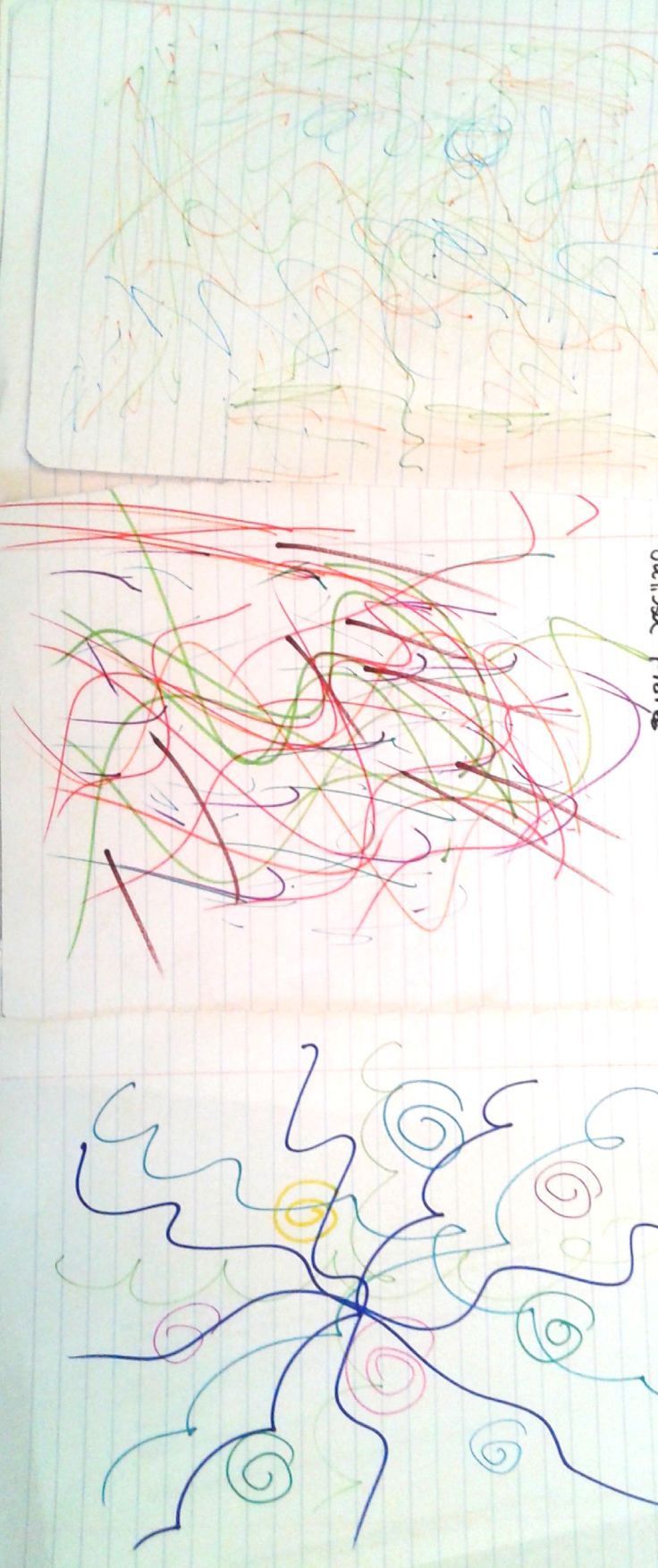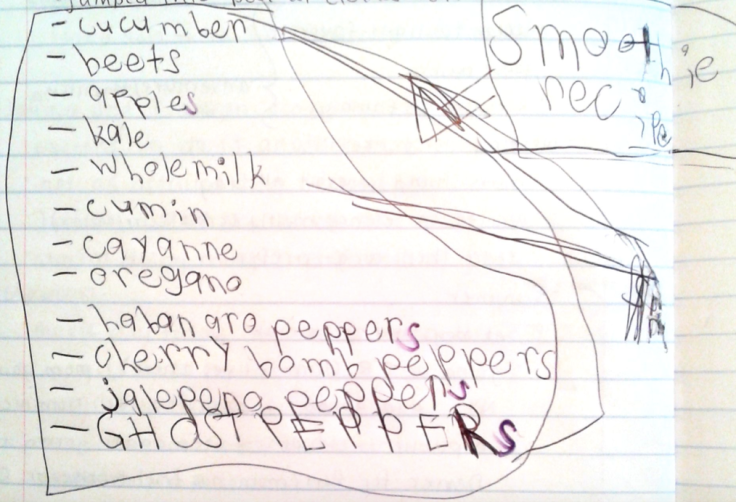Week 5
Designing lessons that are creative and inspired through the arts is what gives students that opportunity for memorable learning. There are some teachers that have been drawn toward this type of art integration, and there is a visible difference in the culture of their classroom. Students are creating memories through their experiences of using their creativity to thus develop learning. The transformative classroom that uses the arts is able to see the “motivational force” derived from the excitement of using the arts and the “thinking process” that is derived from their creative minds at work. (situation) The authors of Creating Meaning Through Literature and the Arts articulate that creative thinking is not just ordinary thinking, in order to think creatively one must go through four qualities: “imagining possibilities, collecting information, connection ideas, and drawing conclusions (which include problem solutions).” These four things lead one to have this creative thinking that they describe, all of which went into the reasoning for art integration (Cornett, 2015).
Schools today are designed around the Common Core Standards. Many teachers or citizens flinch when hearing this term, however, the standards actually support the idea of integrating the arts. These standards design makes it unacceptable for students to sit around all day doing work sheets, they encourage an environment of higher order thinking in the classroom. Students are to become active learners in the classroom instead of-previously believed-passive learners. This active learning is where the connection to the arts and literature comes into play. The art integration has students thinking deeper and more creatively, which draws into the higher order thinking of the Common Core Standards. Teachers must engage the students into interactive and stimulating lessons that captivate students minds and draws them in with excitement. The way to get to this captivation is through creative teaching instead of “bland” teaching. The characteristic that sets creative teaching apart is the idea of giving students freedom of “how to get there”, giving students the ability to make their own decisions and become independent learners. This type of thinking and art integration dates back to the 16th century, and is what the 21st century needs as well develop as human beings (Cornett, 2015).
Throughout my field experience of being at The Boys and Girls club, I have had the opportunity to incorporate seed activities that are designed through the art integration theory. I have seen how engaged and motivated students become when they have the chance to use their creativity and are encouraged to think independently and not through a set structure. Although not every one of my seed activities were successful, I could still see how they would benefit students within the classroom. What drew me to teaching in the first place was to have classroom that teaches students learning can be fun and memorable and not a boring and cumbersome task. When I first learned about the idea of arts integration, and saw the variety of categories that fall into the integration process, I initially was drawn too it. I think that it is exactly the connection between my love and passion for teaching and the requirements from the Common Core Standards. Even though the students that were at the Boys and Girls club were there to have “fun” and most complained during power hour (homework time), these seed activities were so engaging to the students that they were more than willing to participate in them. Integrating these seed activities also supported me as a preservice teacher when learning about the students because it gave me a sight into what kind of learners they were. Knowing what type of art and literature is appealing to a student gives teachers the knowledge to differentiate properly in the classroom. Differentiation is necessary when teaching and I think that through the arts differentiation becomes more attainable.
The differentiation element is necessary when teaching and knowing how the arts can support this and connect to the Common Core Standards is beneficial.
Resources:
Cornett, C. E. (2015). Creating meaning through literature and the arts: Arts integration for classroom teachers (5th ed.). Upper Saddle River, NJ: Pearson/Prentice Hall.




Recent Comments